An oxyfluoride-based cathode material for Li-ion batteries with high practical specific capacity beyond that of classical systems has been developed.
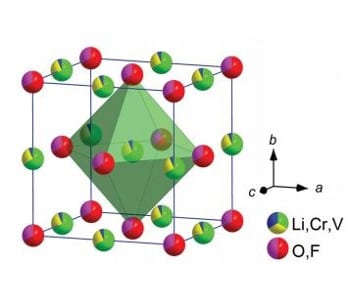

An oxyfluoride-based cathode material for Li-ion batteries with high practical specific capacity beyond that of classical systems has been developed.
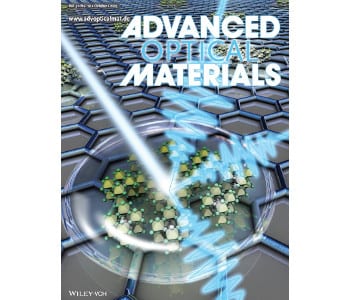
Check out the articles highlighted on the covers of the latest issue of Advanced Optical Materials.
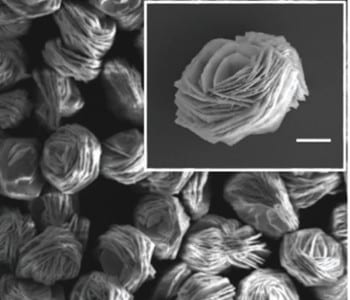
A unique 3D reduced graphene oxide–cobalt oxide composite material presents promising properties as an anode for lithium-ion batteries.

Nanostructures with typical linewidths in the range 100 – 400 nm are best replicated using semi-crystalline polymers such as polypropylene.

The hybrid titanium surface presented here may lead to the development of new classes of implant materials.
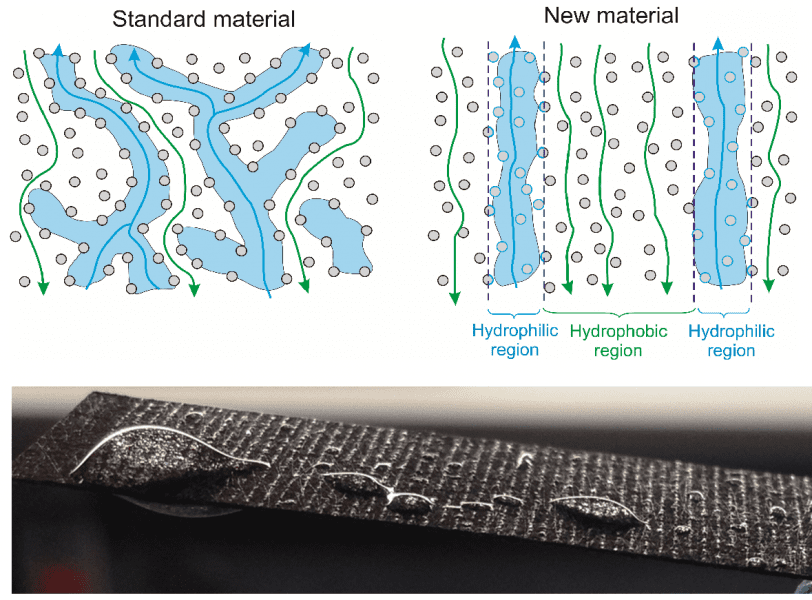
Researchers at the Paul Scherrer Institute have developed a coating technique that improves water management in fuel cells, thus raising their efficiency.
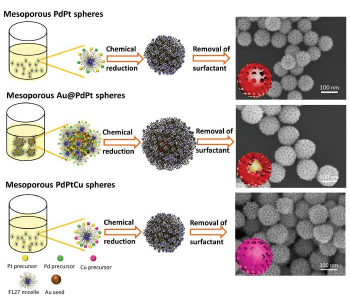
A facile, green, and tunable synthesis for mesoporous spheres consisting of noble metals is developed. The spheres are potential catalysts in fuel cells.
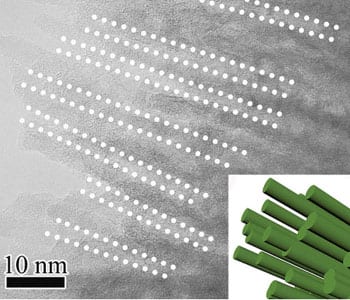
Hierarchical structuring in hybrid amorphous/crystalline nanowire bundles provides a promising anode material for lithium-ion batteries.
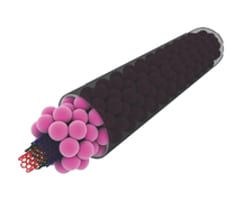
New form of tin oxide anode combined with carbon nanotubes shows increased electrical performance in lithium and sodium ion batteries.
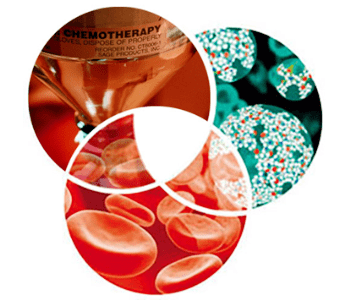
A new chemotherapeutic strategy combining MHPMA copolymer-based drug formulations for the treatment of acute myeloid leukemia is presented.